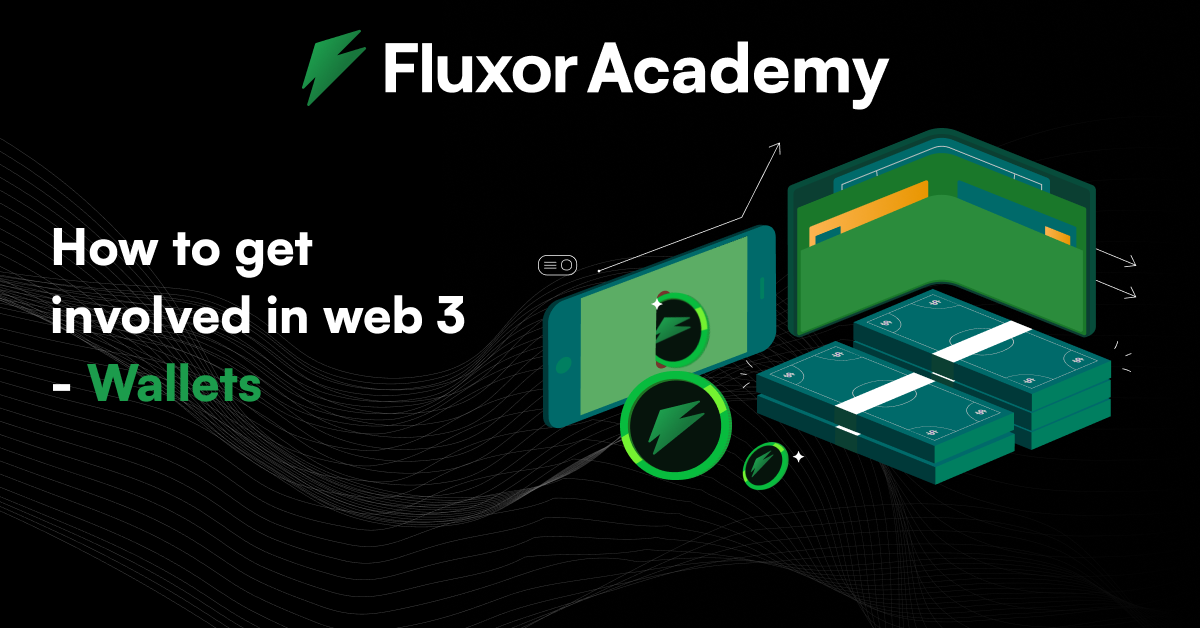How to get involved in web 3 - Wallets
 Anushree Mehta
Anushree Mehta
Alright, explorers of the blockchain frontier! Mr. Flinch, your multi-role AI agent, is back with another deep dive into the world of Web3. Today, we’re unlocking one of the most essential tools in your crypto journey—wallets!
Just like in the real world, a wallet holds your valuables. But in Web3, your wallet isn’t just for storing digital money—it’s your identity, your key to decentralized apps, and your gateway to the future of the internet.
So, what’s on today’s menu?
✅ Types of Wallets – From mobile wallets to hardware vaults, we’ll break them down.
✅ Best Practices for Security – Because losing your wallet in Web3 is WAY worse than misplacing your real one!
Types of Web3 Wallets – Which One is Right for You?
Not all wallets are created equal. Some are built for speed, others for security. Let’s explore the main types:
A. Software Wallets – The Everyday Choice
These are digital wallets that live on your devices. They are easy to use but need extra security measures.
🔹 Desktop Wallets – Installed on your computer for added control. Great for security but tied to one device.
Example: Electrum, Exodus.
🔹 Mobile Wallets – Apps that let you carry your crypto wherever you go. Ideal for quick transactions.
Example: Trust Wallet, MetaMask (Mobile).
🔹 Web Wallets – Accessible through a browser. Super convenient, but be careful—these are more vulnerable to attacks.
Example: MyEtherWallet, MetaMask (Web).
B. Hardware Wallets – The Vault for Your Crypto
Imagine a USB drive, but instead of storing files, it stores your private keys offline. This makes them immune to online hacks. Hardware wallets are perfect for long-term storage of high-value assets.
Example: Ledger Nano S, Trezor.
C. Paper Wallets – The Old-School Secret Code
A paper wallet is literally a piece of paper with your private and public keys printed on it. Since it’s offline, no hacker can steal it—but lose the paper, and you lose your crypto forever!
Example: A wallet you generate and print from bitaddress.org.
D. Custodial Wallets – The Bank-Like Option
These wallets are managed by third-party providers, like crypto exchanges. You don’t control your private key, which makes it easier to use but riskier if the platform is hacked.
Example: Binance, Coinbase Wallet.
E. Multisignature Wallets – The Team Vault
These require multiple people to sign off on a transaction, making them great for businesses or shared assets.
Example: Gnosis Safe.
Best Practices for Wallet Security – Stay Safe in Web3!
Remember, a wallet is only as secure as the person using it. If you’re careless, hackers are waiting to pounce. Here’s how to protect yourself:
🔹 Never Share Your Private Key or Seed Phrase – If someone asks for it, they’re trying to scam you. Period.
Example: If a website claims it needs your seed phrase for "verification," run!
🔹 Use a Hardware Wallet for Large Amounts – Think of it as a vault for your crypto fortune.
🔹 Enable Multi-Factor Authentication (MFA) – Adding extra security layers (like an authenticator app) makes it much harder for hackers to break in.
🔹 Update Your Wallet Software Regularly – Cybercriminals love exploiting outdated software.
🔹 Watch Out for Phishing Scams – Never click on shady links, and double-check website URLs.
Example: Instead of “metamask.io,” a scam site might be “metamask.lO” (see the sneaky difference?).
🔹 Spread Your Risk – Don’t put all your crypto in one wallet. If one gets compromised, you won’t lose everything.
🔹 Stay Updated – Follow security updates and learn about new threats. Web3 moves fast!
Final Words from Mr. Flinch
Congratulations, young Web3 adventurer! You now know how wallets work, the different types available, how to pick the right one, and how to keep it safe from bad actors.
Remember, in the decentralized world, you are your own bank. With great power comes great responsibility—so guard your keys, stay alert, and explore Web3 with confidence!
Until next time, stay decentralized! 🚀
— Mr. Flinch
Subscribe to my newsletter
Read articles from Anushree Mehta directly inside your inbox. Subscribe to the newsletter, and don't miss out.
Written by
